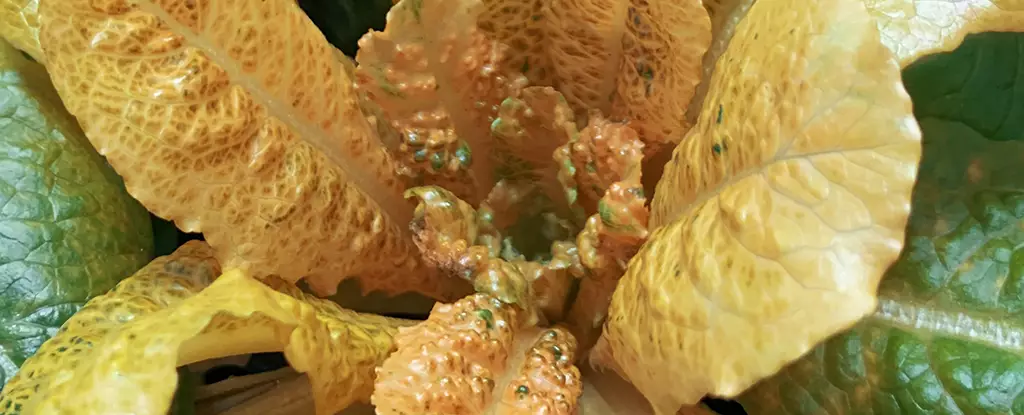Vitamin A is an essential nutrient pivotal for numerous physiological functions, including immune response, vision, and growth and development. Deficiencies in vitamin A can lead to severe health issues, particularly affecting vulnerable populations such as children and pregnant women. With hundreds of millions of individuals worldwide at risk of vitamin A deficiency, innovative solutions are imperative to enhance diets, especially in regions where access to diverse food sources is restricted. In this context, the development of genetically engineered crops that deliver enhanced nutrient profiles holds tremendous promise. A prime example of this innovation is the creation of a modified variety of lettuce, referred to as ‘golden lettuce,’ which boasts significantly higher levels of beta-carotene, a precursor of vitamin A.
The Journey to Engineering ‘Golden Lettuce’
The journey towards creating this nutrient-rich lettuce was spearheaded by researchers at Valencia Polytechnic University (UPV) in Spain. Their research focused on the tobacco relative, Nicotiana benthamiana, where they successfully quintupled the production of beta-carotene. The next step involved transferring this enhanced capability to lettuce (Lactuca sativa). The challenge lay in the fact that beta-carotene is typically produced and stored in chloroplasts—the cellular components responsible for photosynthesis. Increasing beta-carotene levels in these organelles could disrupt their normal function, potentially harming the plant.
Understanding the delicate balance necessary for plant health led the UPV scientists to adopt innovative strategies. “Leaves need carotenoids such as beta-carotene in the photosynthetic complexes of chloroplasts for their proper functioning,” explains molecular biologist Manuel Rodríguez Concepción. This understanding was crucial to ensuring that interventions did not compromise the plant’s ability to undergo photosynthesis while still achieving a significant increase in beta-carotene production.
To facilitate the accumulation of beta-carotene without interfering with the plant’s essential processes, the researchers employed a combination of biotechnological approaches. They introduced a gene for a bacterial enzyme named crtB, which enabled some chloroplasts to convert into chromoplasts, specialized structures that store pigments. This conversion created new compartments within the plant cells for beta-carotene storage, effectively sidestepping the issues associated with chloroplast function.
Additionally, the application of high-intensity light treatments complemented the genetic modifications. This stimulation led to the formation of plastoglobules, lipid storage units that help in accumulating beta-carotene. According to fellow biologist Luca Morelli, “Stimulating the formation and development of plastoglobules with molecular techniques and intense light treatments not only increases the accumulation of beta-carotene but also its bioaccessibility.” This dual approach of genetic engineering and environmental manipulation paves the way for enhanced nutrient bioavailability, which is crucial for ensuring that the benefits of increased beta-carotene levels can be fully realized when consumed.
The advent of ‘golden lettuce’ is more than just an isolated scientific achievement; it opens the door for broader agricultural advancements. The methods employed to cultivate this enhanced lettuce could be adapted to other crops, potentially transforming the nutritional landscape of plant-based foods. With global populations facing nutritional challenges, such innovations could contribute substantially to public health initiatives aimed at combating deficiencies and promoting overall wellness.
Moreover, the visual transformation of the lettuce into a yellow-hued produce item may help attract consumers, making it more appealing in both supermarkets and local markets. The introduction of such enriched crops could serve as a model for sustainable agriculture, where enhancing the nutritional value of established plants aligns with ecological and economic interests.
As the world grapples with diet-related challenges, the emergence of genetically engineered crops like ‘golden lettuce’ illustrates how science can directly contribute to tackling health issues. By enhancing the nutritional profile of commonly consumed vegetables, researchers are not just improving food quality but also working towards a more sustainable solution to global nutritional deficiencies. This innovation is a testament to the potential of genetic engineering to address critical health needs, ensuring that future generations have access to the essential nutrients required for optimal health and development.

